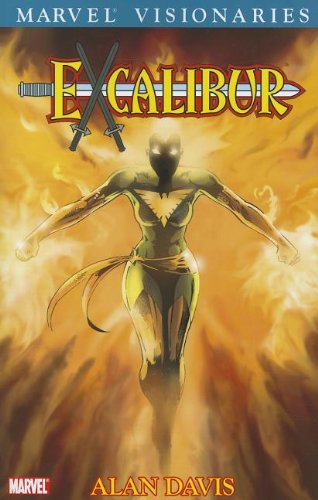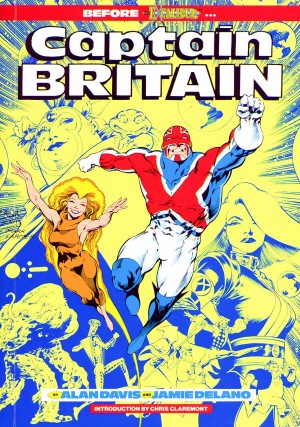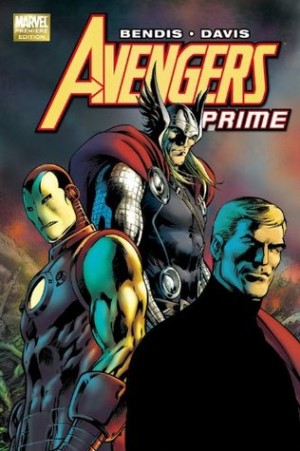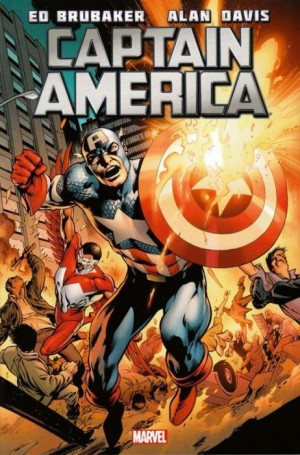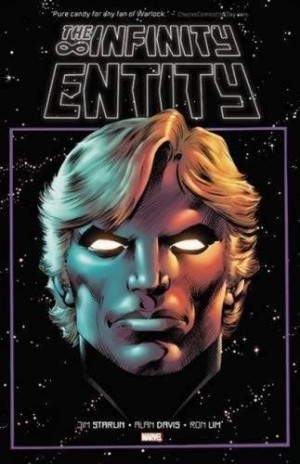Review by Ian Keogh
There’s an old maxim about how sometimes things have to get worse before they get better, and that very much applies after a disappointing second Visionaries collection of Alan Davis’ work on Excalibur. Before we reach half a dozen episodes of Davis and Mark Farmer glory there are two chapters of Scott Lobdell and Scott Kolins to struggle through. As was the case with some involved in the previous book, Kolins would become an excellent comic artist, but starting out in 1991 he still had a long way to go. His page layouts work, but they’re the best aspect of his art at that time, and his design for the villain of the piece leaves a lot to be desired. To be fair to Kolins he’s not helped by a going through the motions plot in which Lobdell’s characters spout expositions and slogans.
That still leaves three-quarters of the book, although much of the remainder isn’t Davis on top form. While she’s not always been central to his stories, the character most important to Davis in terms of plot is Rachel Summers, then host to the cosmic Phoenix force. He’s avoided her being a deus ex-machina presence by having her suppress her abilities for logical reasons, only letting loose when encountering a being with equivalent abilities in volume one, an event that took its toll. She was absent for volume two, but remained the character around whom the others largely revolved, and when Davis returns, so does Rachel, confronting Galactus. It’s a method of establishing her level in the universe’s power structure and of taking in a lesson. Her reappearance on Earth leads to a redefinition of her future as Davis becomes the first to toy with what in 1992 was already a highlight of the X-Men canon, ‘Days of Future Past’. There’s almost a curse on this story. Chris Claremont and John Byrne’s two part statement about the surviving X-Men in a near dystopian future was a near perfect superhero story, and almost everyone who’s revisited it has fallen well short. Davis also comes off second best, but over 25 years later his remains the best sequel, not least for also being limited to two episodes.
Before that, however, Davis presents an exploration of power abuse as the assorted British secret agencies that have featured in Excalibur are united under the control of one man. Is he really working in the best interests of the nation, or for himself? Davis’ plot calls for him to design dozens of new characters, and he positively thrives on the challenge, with no two looking the same, and when it comes to mixing them all together in one humongous battle scene he manges that without crowding the page too much. The art is exemplary, clear, attractive and kinetic, and Davis even lets inker Mark Farmer draw a few pages explaining a back story. They don’t let the side down. Unfortunately Davis drags this plot on too long without enough substance to sustain it, and trimming it by a quarter would have been no bad idea.
There’s an optimism to Davis’ stories, so while they may explore some dark territory it’s with the light shining bright and the batteries fully charged. This selection of his material features fewer humorous interludes than the first volume, and that’s a shame as they varied the tone a little more, but most of Davis’ contribution to this collection is very good superhero comics.
